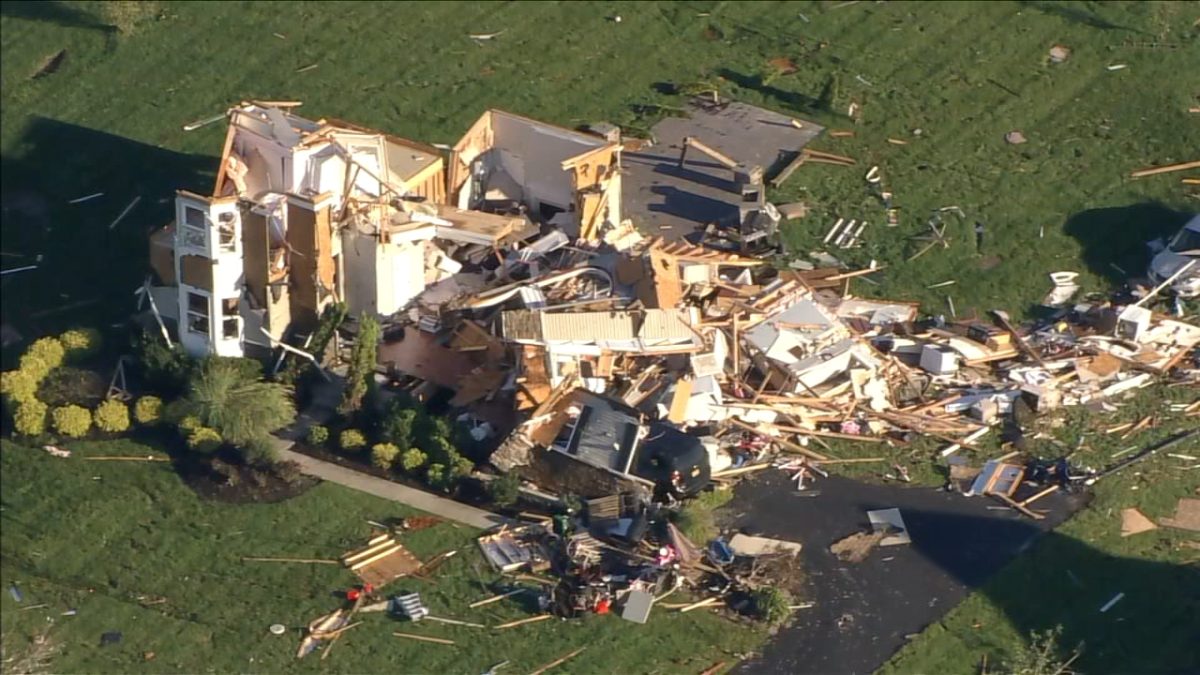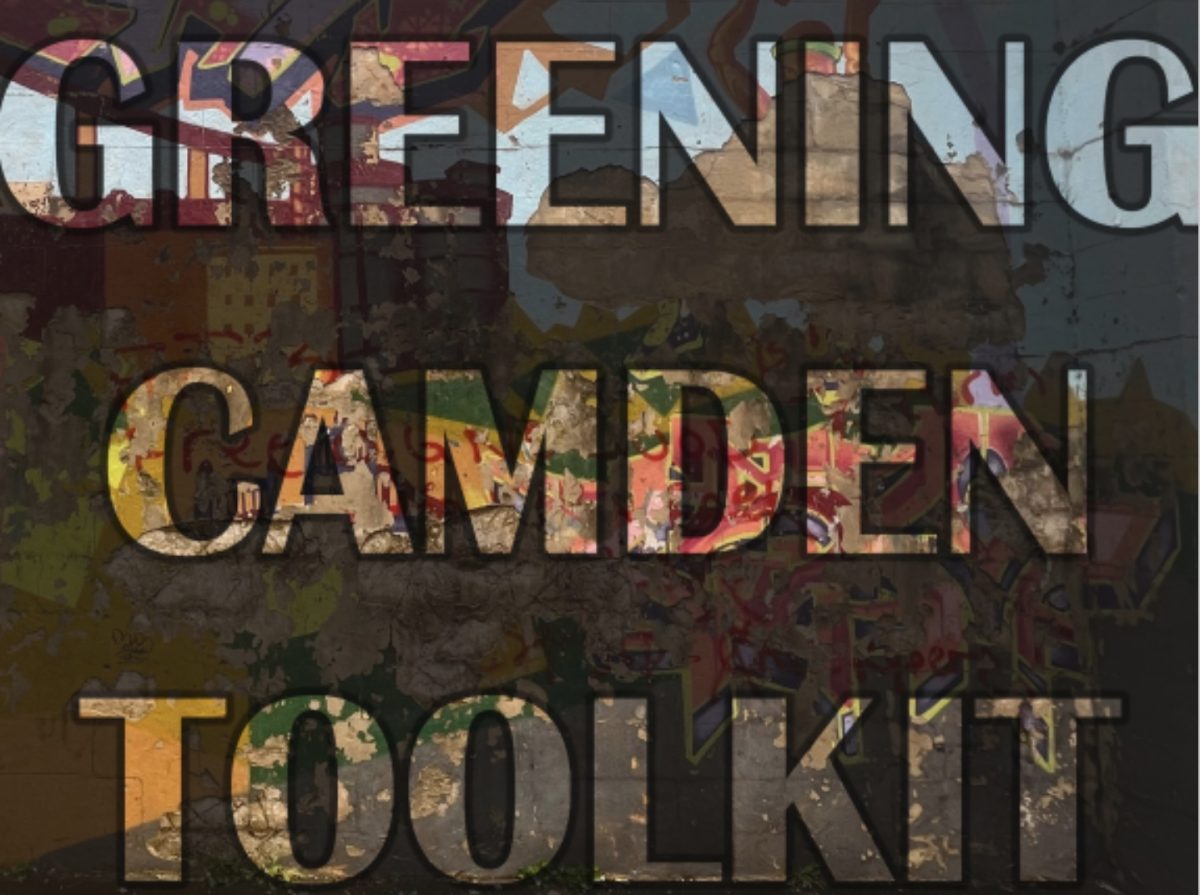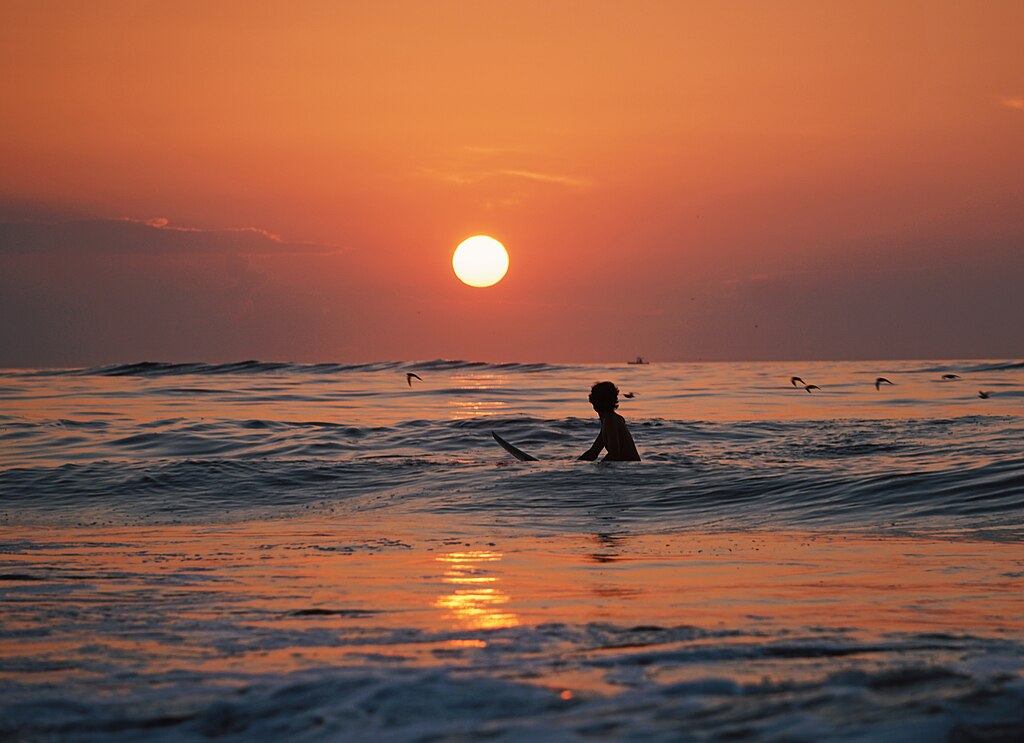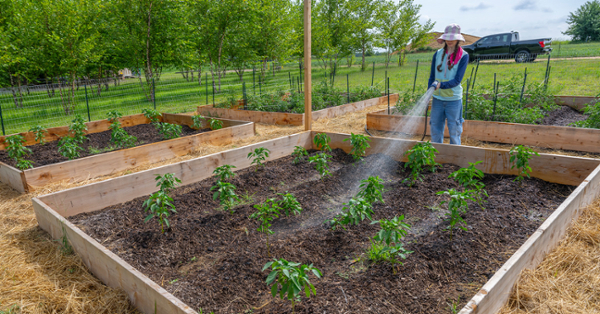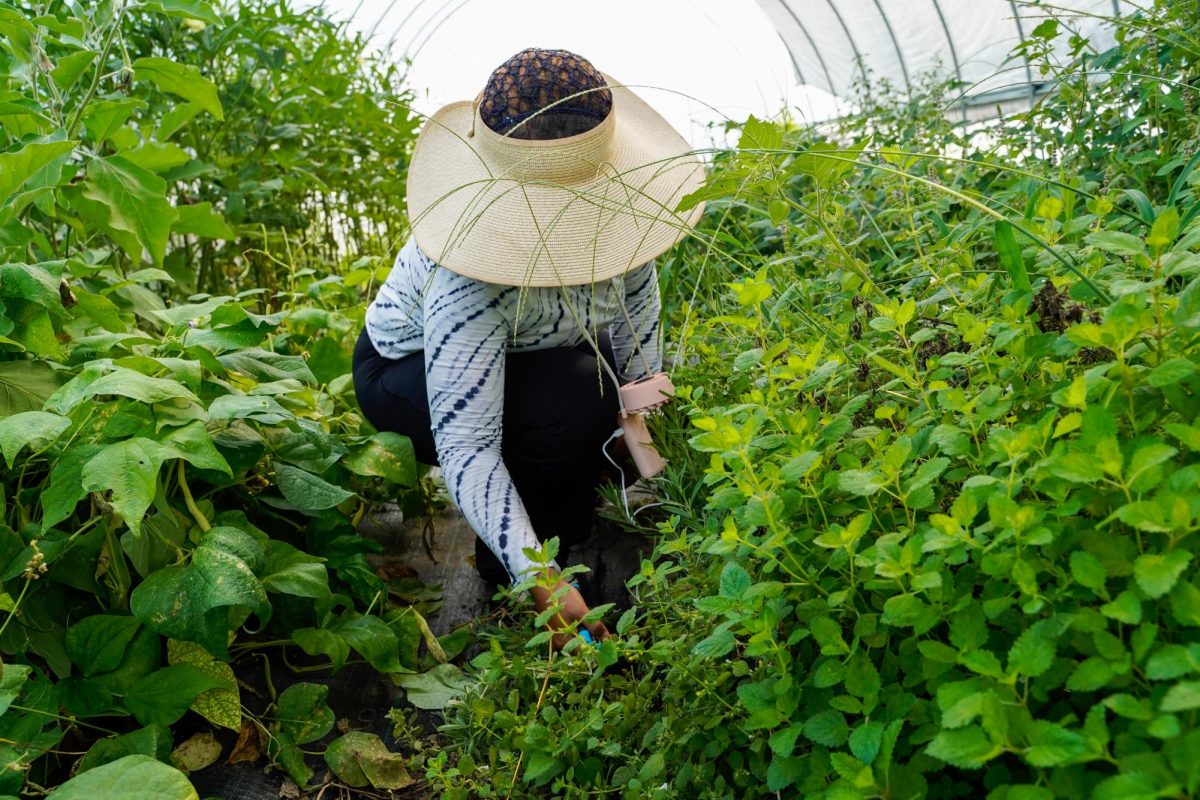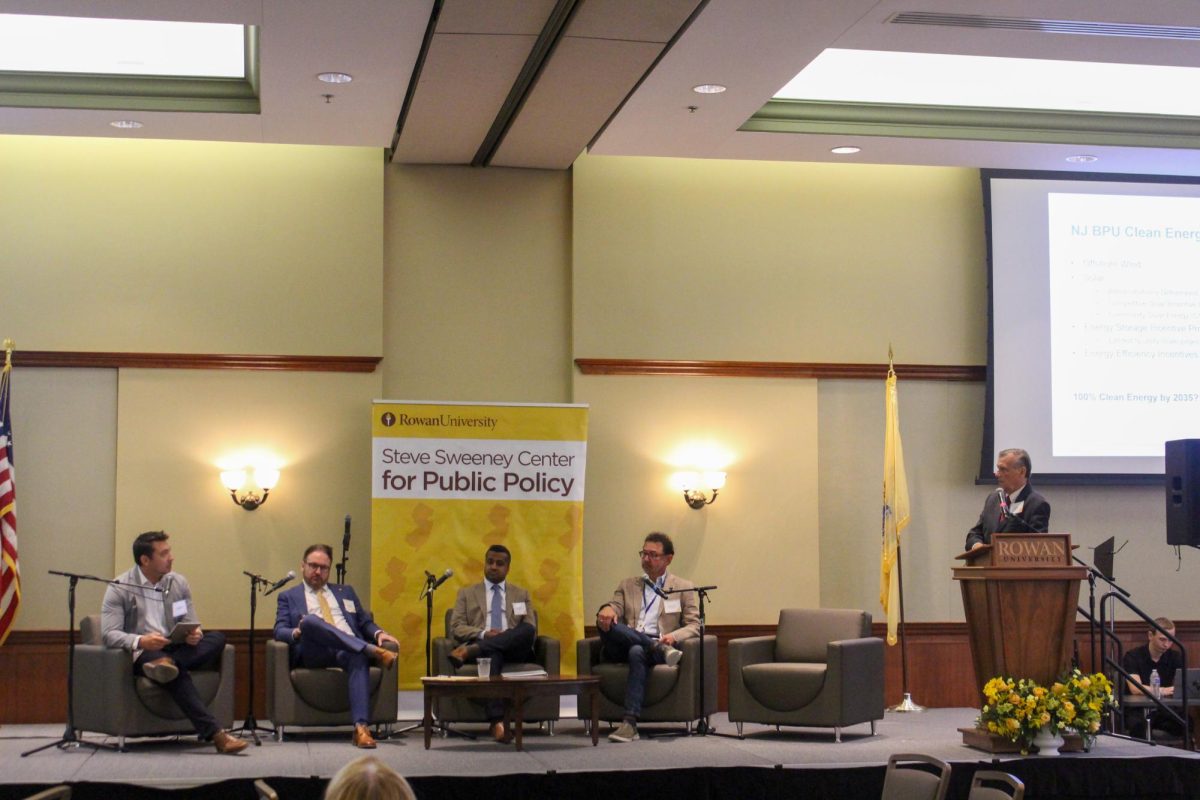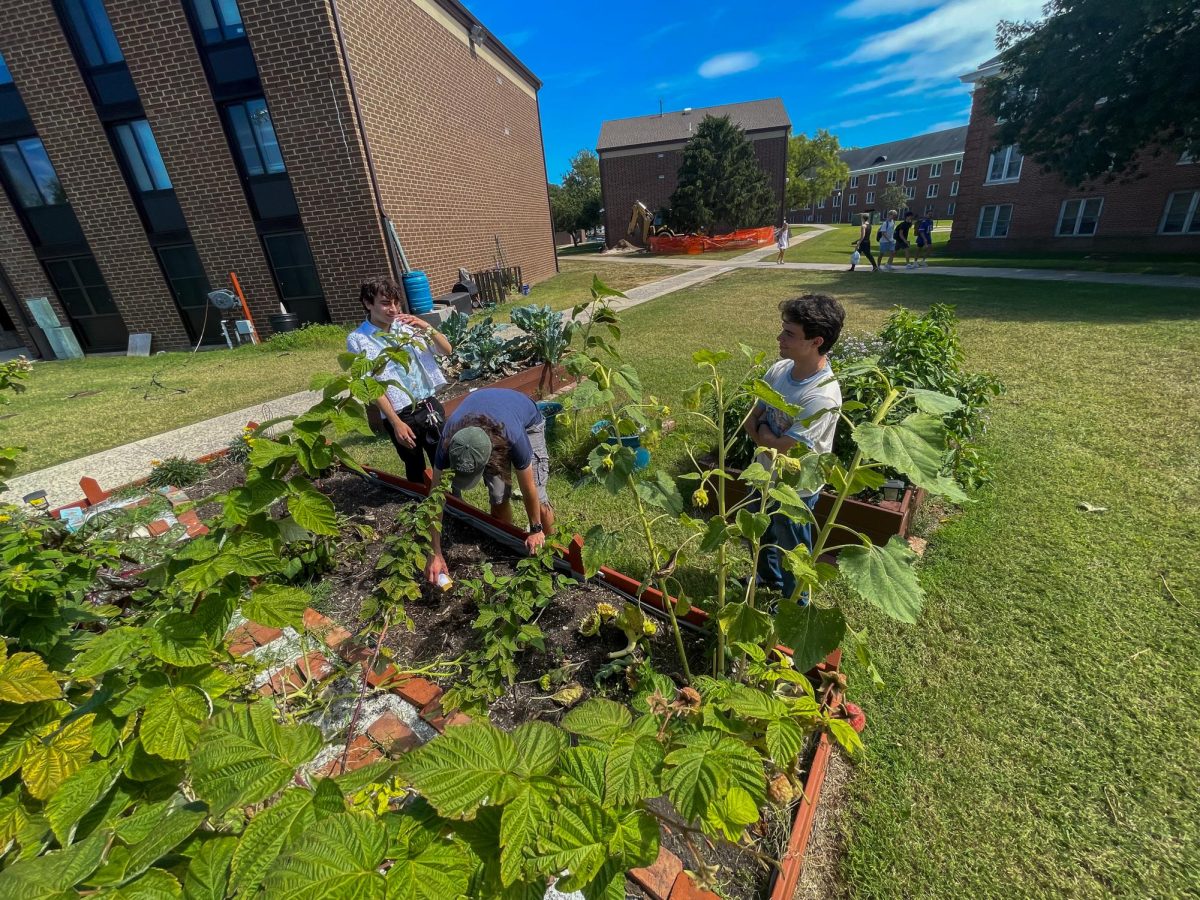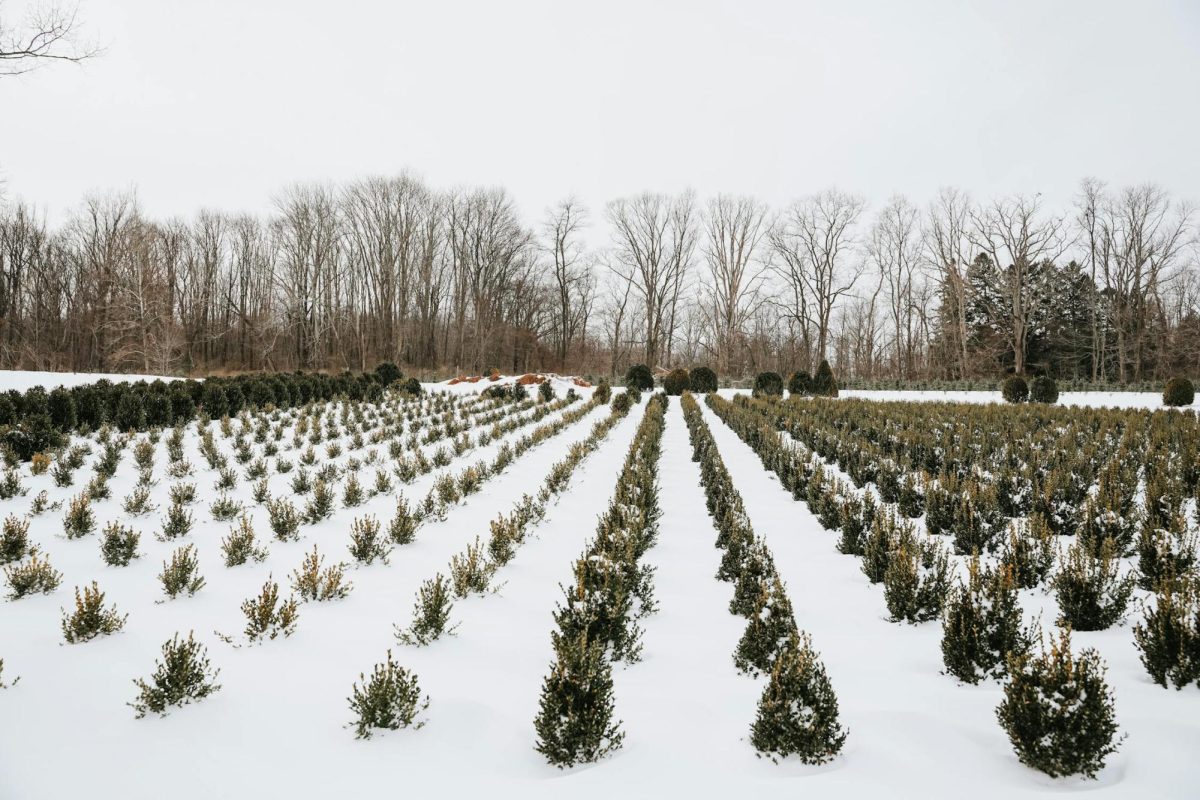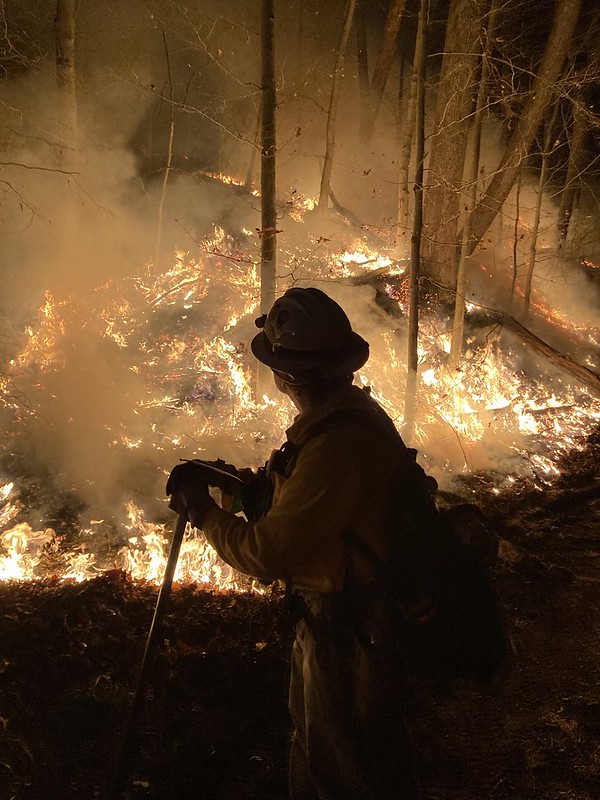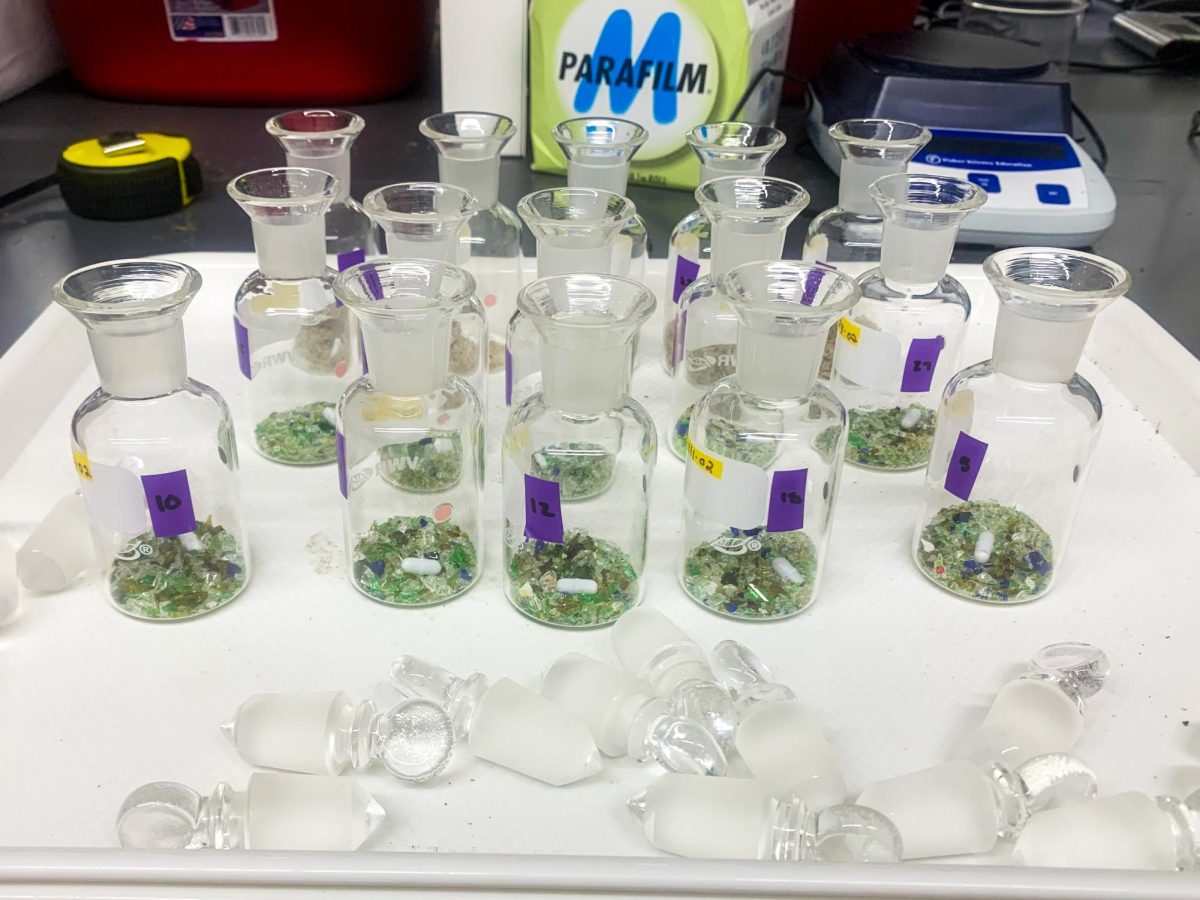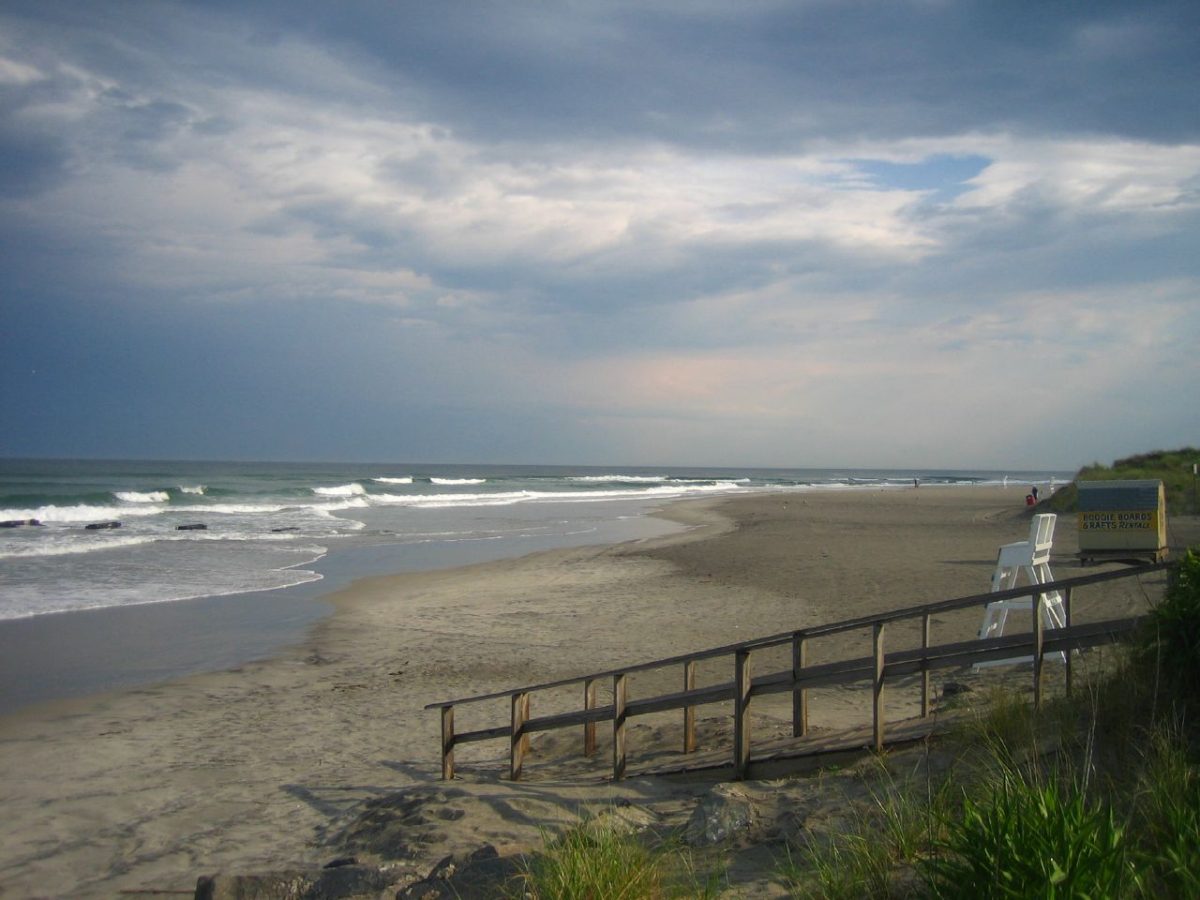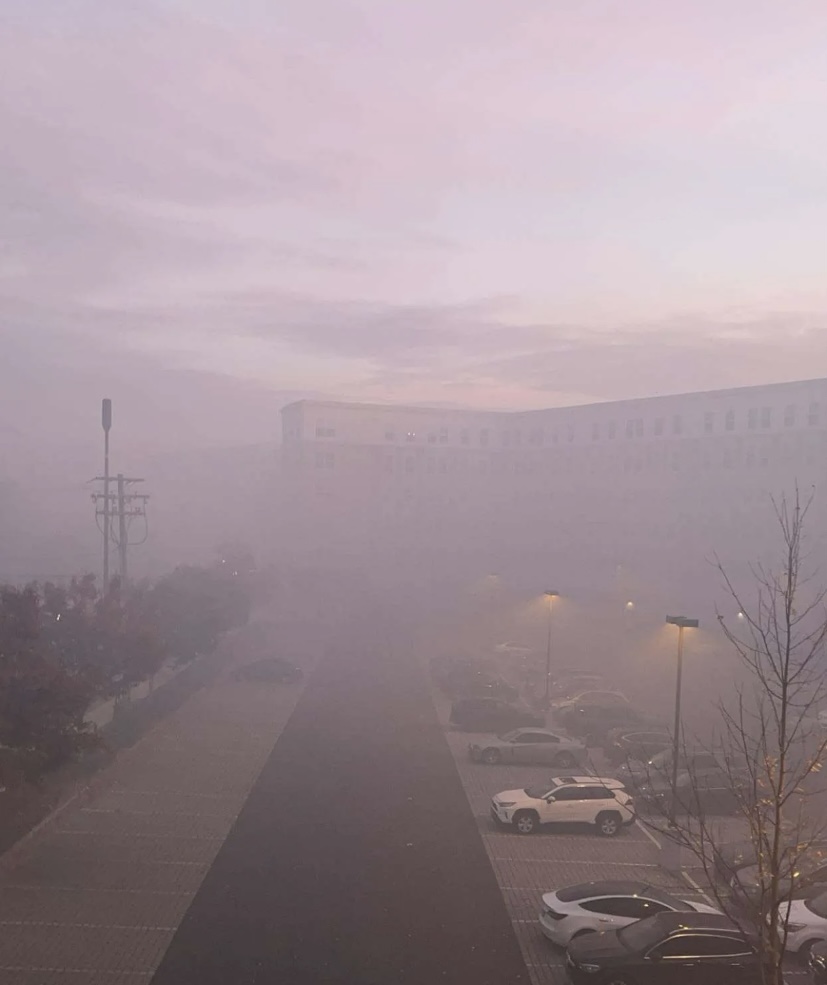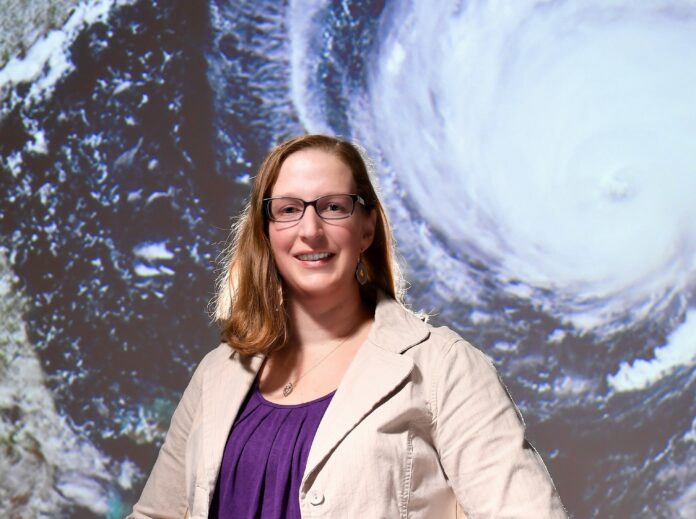A month after moving to South Jersey for college in 2021, a tornado struck the nearby town of Mullica Hill. I was sitting in my dorm room at Rowan University, and I was terrified.
I have always been afraid of tornadoes. I grew up in a mountainous area two hours north where tornadoes have little chance to do any damage. Now I am surrounded by flat farmland and suburbs.
I quickly learned that South Jersey’s climate is quite different from the rest of the state – and that extreme weather events are becoming more common and more severe because of climate change.
Summers are getting hotter. Winter isn’t as cold and snow is rare. Heavy rains and flooding are followed by weeks of drought. The number of hurricanes is increasing.
And there are more tornados.
According to statistics from the National Weather Service’s Storm Events database, South Jersey experienced six tornadoes on one day in July 2021. Two years later, the area saw seven tornadoes in one day in April 2023. You have to go back to the late 1980s to find similar events.
Tornadoes tend to form on unusually warm and humid days – and New Jersey is warming faster than the rest of the Northeast region and the world, according to scientists.
New Jersey is taking the lead in educating future generations about the risk of climate change in its K-12 curriculum. But there is more work to be done.
According to the Pew Research Center, 14% of Americans do not believe in global warming, and 26% think it is mostly caused by natural weather patterns.
Extreme weather events – which everyone endures regardless of their beliefs or political affiliation – can be a window into our changing world and a catalyst for action.
One need only pay attention to what is happening around us and put it in historical and scientific context.
Here are some local examples highlighted by research at Climate Central.
Summer 2022 in Review
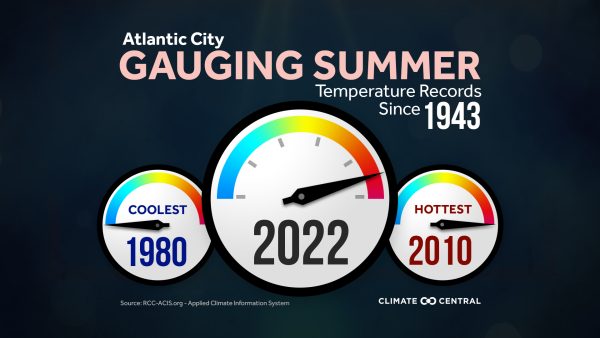
Following data on the warming weather in South Jersey, take a peek at how summer nights have evolved over the last 50 years.
Warm Summer Nights
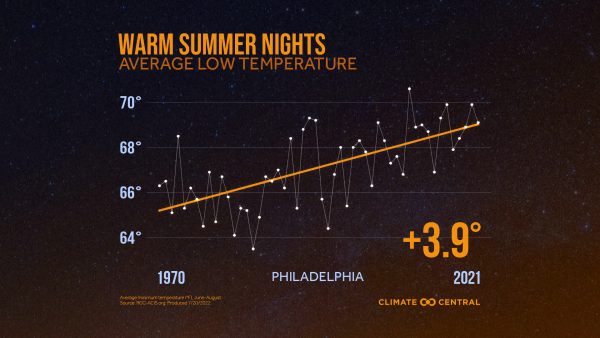
In addition to summer nights increasing in temperature, the average temperature during summer in South Jersey has increased as well.
2022 Summer Highs
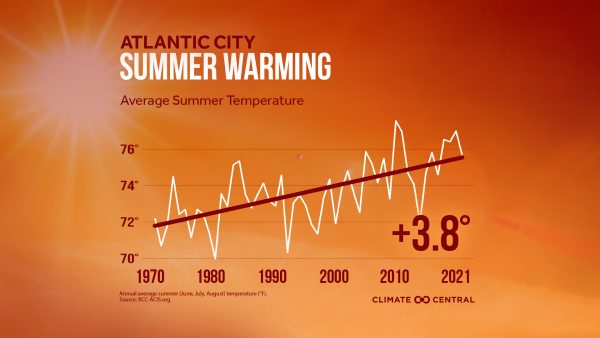
With those days, there has been a significant increase in days above 90 degrees.
More Extremely Hot Days
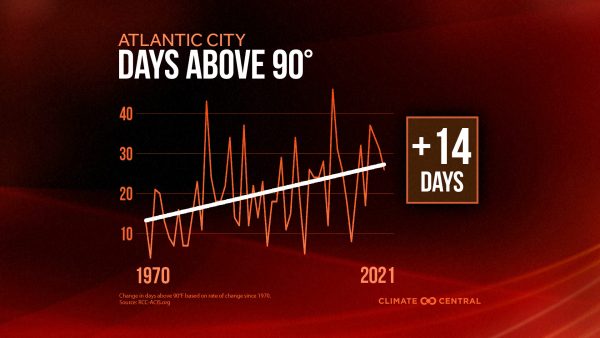
On the other hand, winter weather has shown a decrease in the cold streaks that occur.
Shorter Cold Streaks
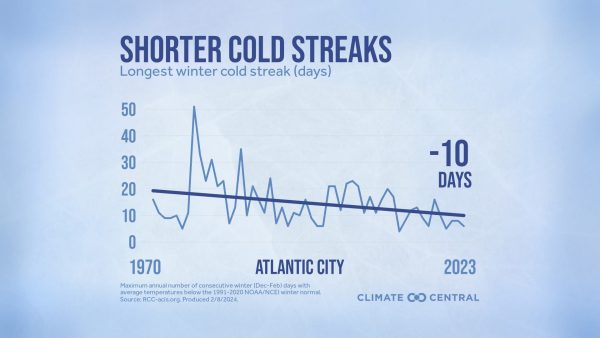
Winter weather in total has actually increased in warmth over the years.
Warm Winter Days
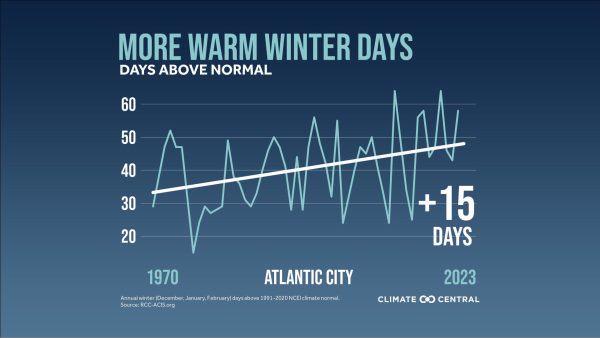
Seasons as a whole are increasing in warmth as the years have gone on.
Fastest Warming Seasons
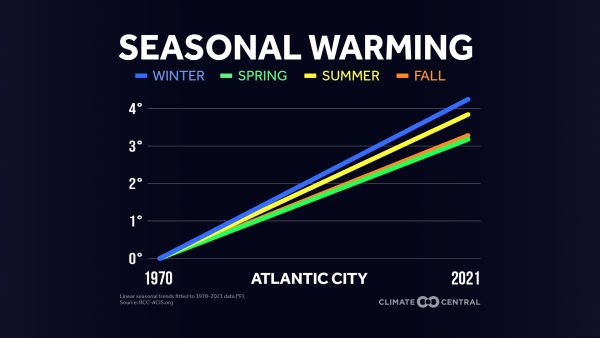
To sum up the evident data of increasing temperatures in South Jersey, look at the graph below.
Daily Heat Records Rising
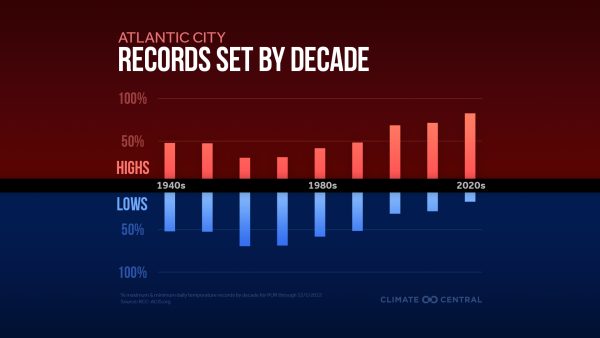
With an increase in temperatures, there is an increase in the potential for wildfires to spark during dryer times of the year.
Fire Weather Across the United States
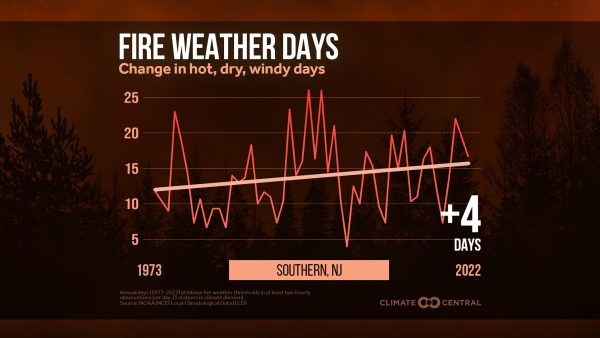
To the note from earlier discussing air pollution and quality for New Jersey, here is a graph that helps to show how this pollution has increased over the years and is projected to increase in the future.
Warming Across Generations
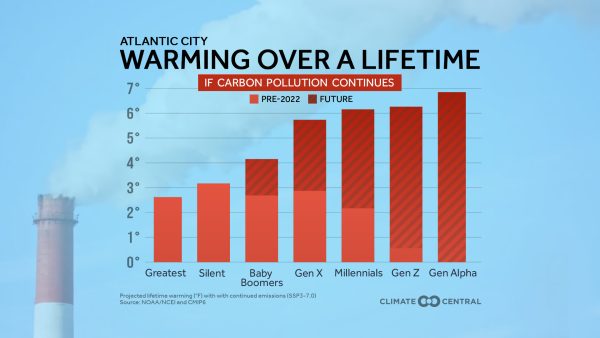
To follow this, there has been an evident increase in the stagnation found in the summer air, directly linked to air pollution and increased temperatures.
Summer Air: Hot, Stagnant, Polluted
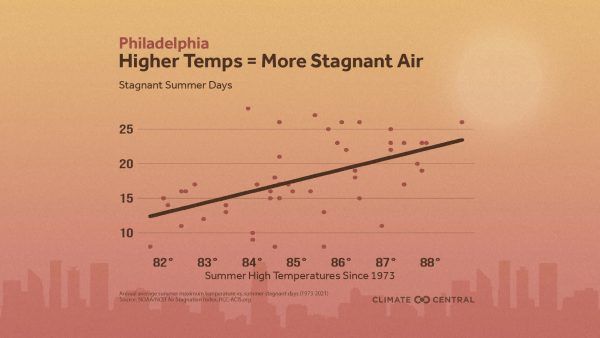
Between the increased temperatures and the location of New Jersey being primarily surrounded by ocean, weather patterns are changing too. An increase in rainfall has occurred especially in the intensity in which the rain comes down, which when all tied together brings me back to the increase in tornadoes South Jersey is seeing.
Rising Hourly Rainfall Intensity
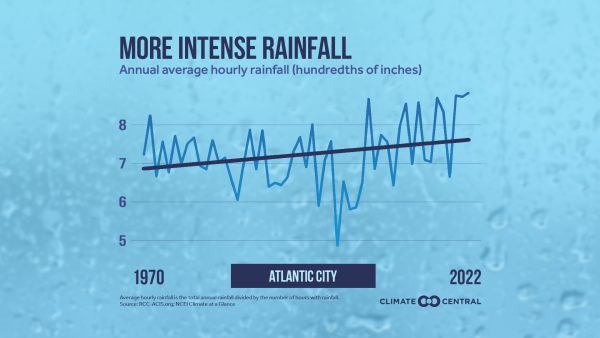
While these graphs only show how climate across South Jersey has increased and changed over the years, there are many reasons to which New Jersey is seeing these changes. My hope is that after seeing the data for yourself, you will be inclined to do further research to understand why these changes are happening.
The warming temperatures are a natural reaction to the Earth’s rotation, but there are also the added effects from fossil fuel industries, emissions from planes and cars, and industrial companies producing harmful gasses that are getting trapped in the atmosphere. All examples of humans leaving their impact on the environment, driving these natural causes further into existence.
New Jersey, located so close to large cities where many of these things are in existence, is showing major changes when it comes to climate changes and it’s concerning. All including increased precipitation, rising temperatures, ocean acidification, and rising sea-levels.
Arguments remain as to whether or not it’s too late to make changes to prevent the heavily increasing changes to our Earth, but if you are looking to get involved, the first step is education and understanding. Even if you are a skeptic it is beneficial, to push yourself to see things differently.

